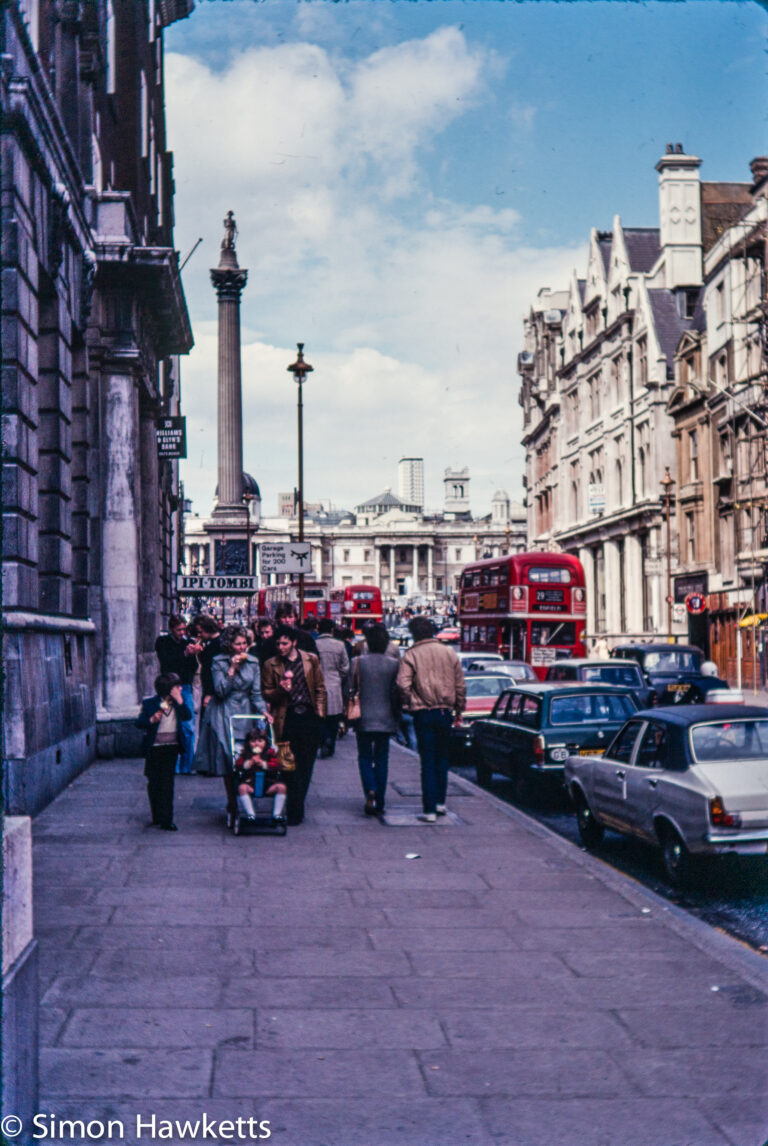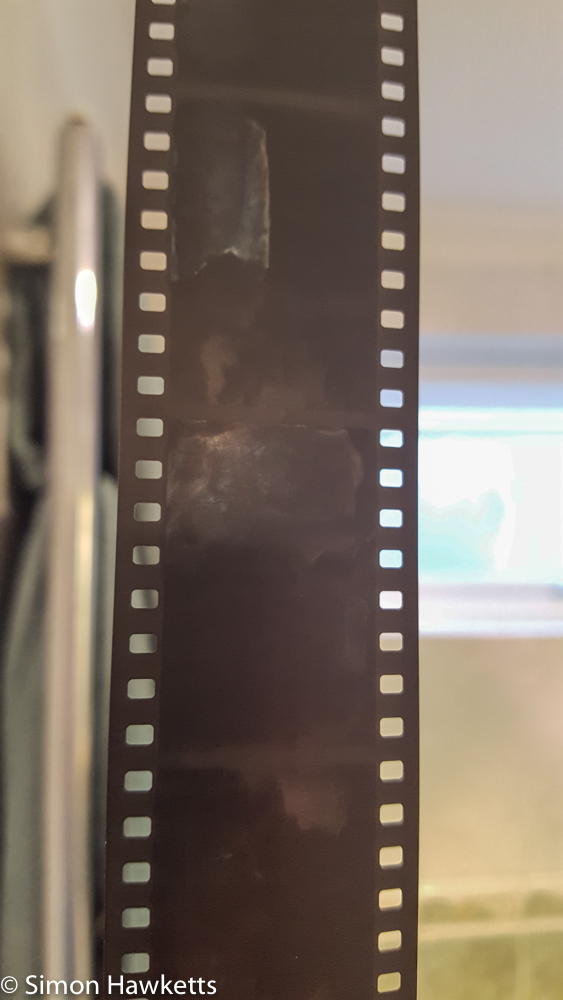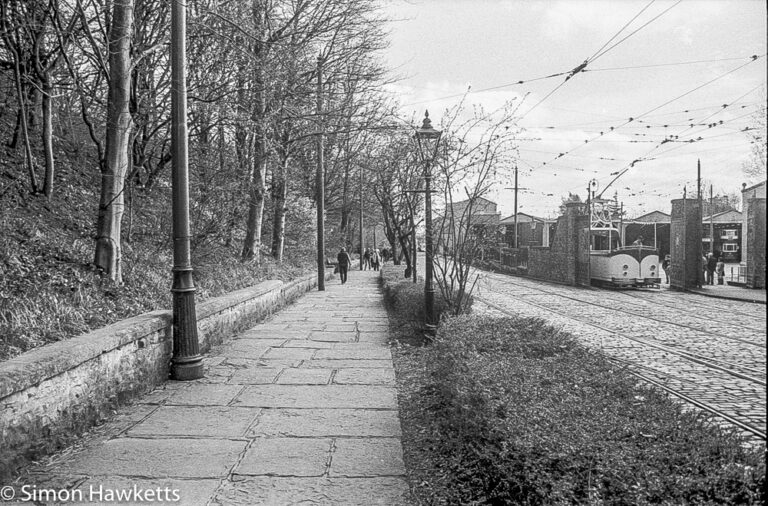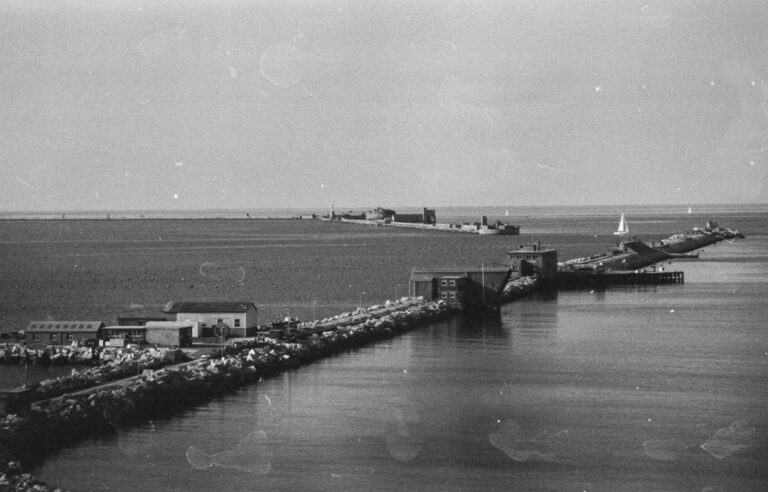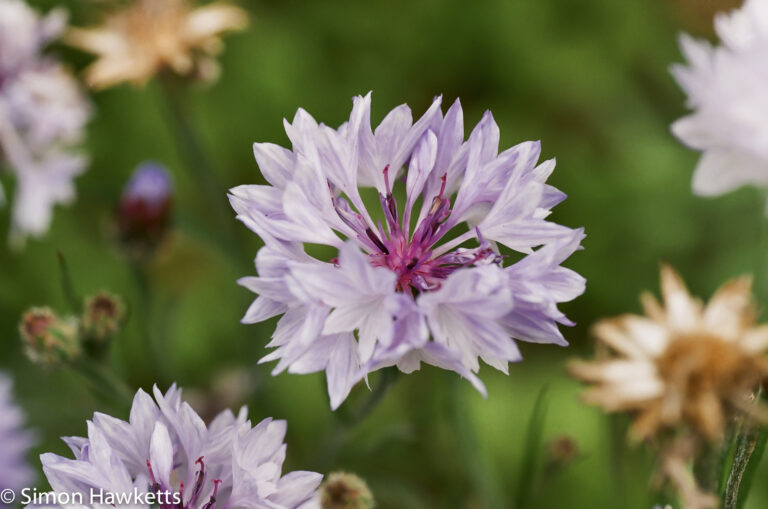Developing colour film using a C41 digibase kit – part 1
This is the first in a series of articles which describes my experiences developing colour film using a set of pre-diluted C41 chemicals which I purchased from eBay.
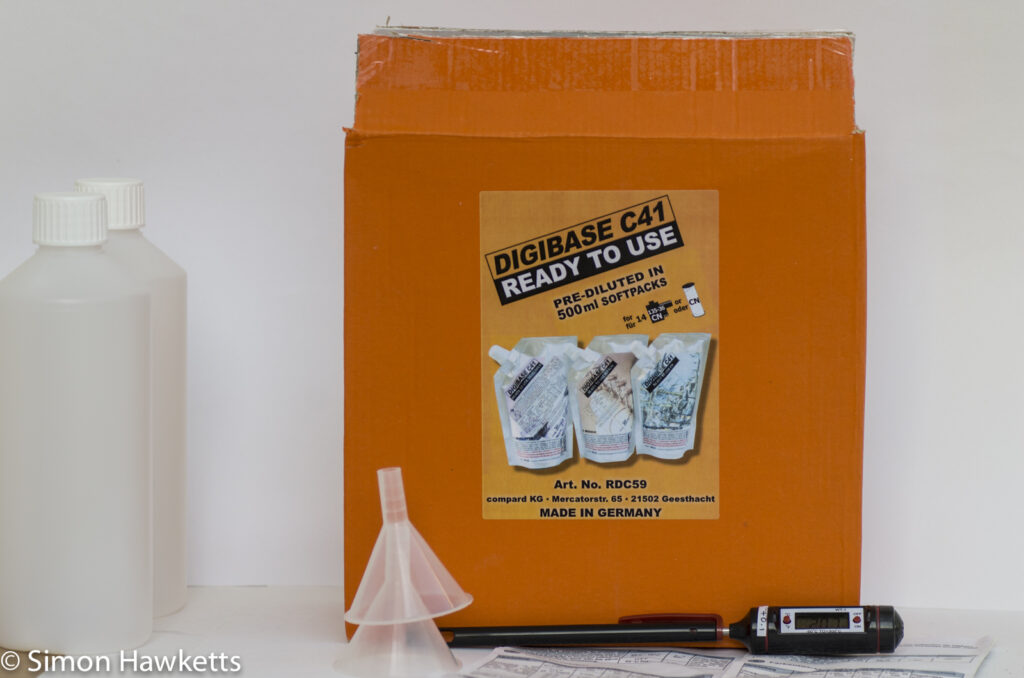
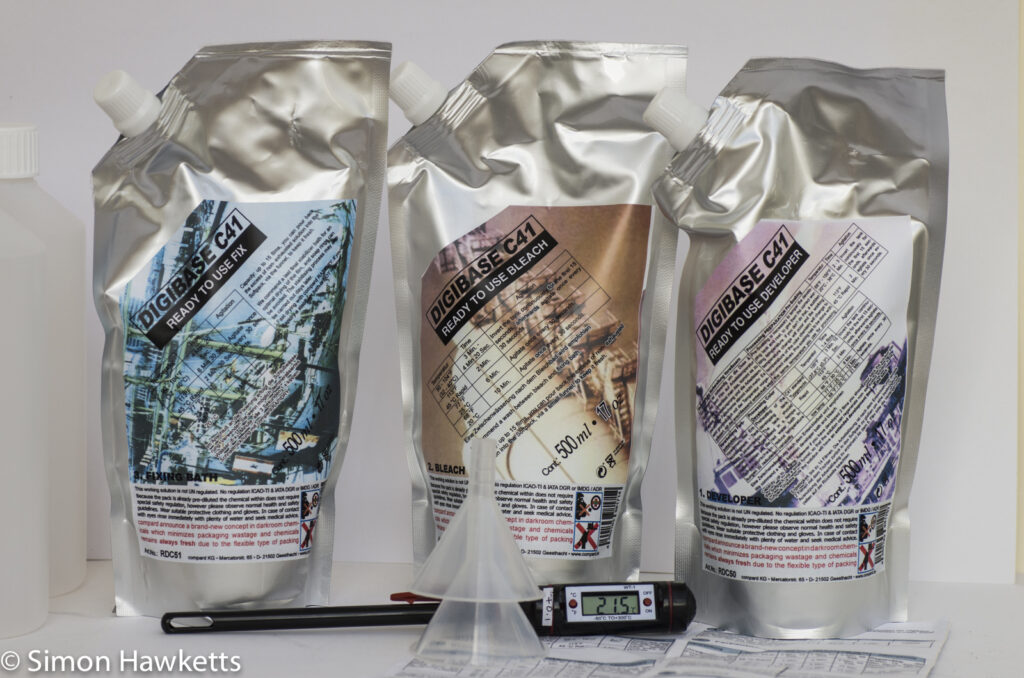
Background
Although I’ve developed black & white film many times, in the past I’ve always steered clear of colour film development believing it to be too complex and too sensitive to temperature to be easy to do.
Although I think that may have been true when I first started developing film over 40 years ago, as the high street developing labs have been closing down over the last few years, there has been an increase in the number of kits of chemicals for the C41 colour negative process available.
These new kits have resulted in the process being simplified to the point where some kits only require 3 baths, and so I decided it was time I gave it a go.
C41 Kit chosen
I chose the pre-diluted digibase C41 chemical kit for a few reasons:
- There is no mixing involved. The chemicals are ready to use straight out of the containers they are supplied in and come in 500ml quantity which is enough to develop either 35mm or medium format 120 film.
- The chemicals are supplied in pouches which enable the air to be expelled and so should keep longer.
- It is the cheapest kit to start with to test the results obtained.
The kit costs £25 inclusive of Post & Packing and it should process 14 35mm or 120 films. If this turns out to be the case it will be quite cost effective because at the moment I pay £2.50 per 35mm film developed at Photo Express in Hull. That gives me a small saving, but when the cost of sending films away and receiving them back is taken into account I estimate that I’ll save money after I’ve processed only about 4 films.
Even if I saved all the films up and sent them to the lab together to minimise postage I’d still save money if the kit develops more than 10 films. There is also something much more satisfying about ‘doing it yourself’.
As well as the C41 kit also I sent for some plastic bottles of 500ml capacity and some small plastic funnels.
I deduced the plastic bottles would be useful during the development to get the chemicals up to temperature because I can fill them, do the tops up tightly and leave them in hot water to warm up without worrying if they were to fall over. The funnels would be good to pour the chemicals out of the tank and back into the bottles. Once the development is finished I’ll use the supplied pouches to store the chemicals in because I should be able to expel all the air.
The one other new purchase was a cheap digital thermometer.
Although I have a Paterson mercury thermometer which is accurate, it isn’t easy to read quickly and doesn’t respond to change quickly. Having watched several youtube videos on colour film development, I realised that the critical part of the process is temperature and I wanted to make sure if I drop the thermometer into a chemical that I can see what the temperature is quickly.
The thermometer I got was from a supplier on eBay who calibrates them against a known good thermometer and supplies a calibration factor to apply when using them. When I received mine it has a calibration factor of -0.1C which I think I can safely ignore. The total cost was only £7 including postage and it turned up a day after ordering so that is pretty good service!
Armed with the necessary chemicals I had to shoot a film to develop and decided this would be an ideal opportunity to run a test film through one of my latest acquisitions, a Pentax P30t which I bought a couple of weeks ago. Although it could be argued that in order to check the development process I should use a known good camera, I’m fairly confident that the P30t is working properly because the exposure it suggests agrees with other cameras when I shoot it without film loaded.
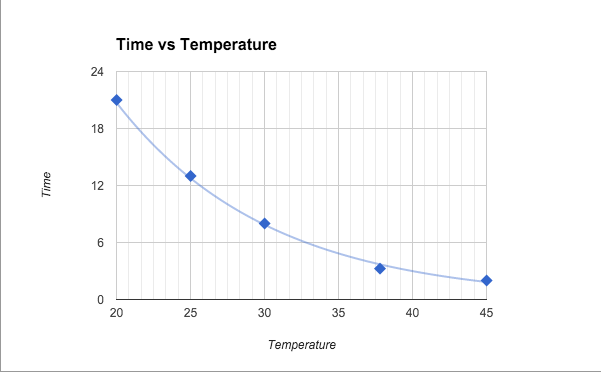
So I spent a few hours during the week shooting a few test shots with the P30t ready for the experiment at the week end. Because film is better over exposed rather than under , I shot the film about 1 stop over exposed – I’ll see how that comes out.
When I received the kit I had a look at the instructions and found that it’s possible to do the development at several different fixed temperatures – 20C, 25C, 30C, 37.8C and 45C. I was worried that I may not be able to get exactly those fixed temperatures so I created a google docs spreadsheet and came up with the timing chart shown to the left. This allows me to slightly adjust the times if I can’t get the temperature exactly right.
One thing puzzled me about the kit, there are 5 bath stages listed
- Pre-Soak – to get the film to the correct temperature so there isn’t a sudden drop as the developer meets the film for the first time
- Colour Developer
- Bleach
- Fix
- Stabilizer
but the kit only includes the Developer, Bleach and Fix baths. I did some research and found that the stabilizer is not a required bath, it can be missed off or even applied a few days later, but it seems odd to include it in the instructions and not include the chemical itself.
Other than that oddity, the instructions seem to be fairly comprehensive and also include a section on trouble shooting problems after inspection of the final film which may come in handy.
So, I’m just about ready to have a go and hopefully my next post will have some details about how the process went, how easy it was and what sort of results I got.


